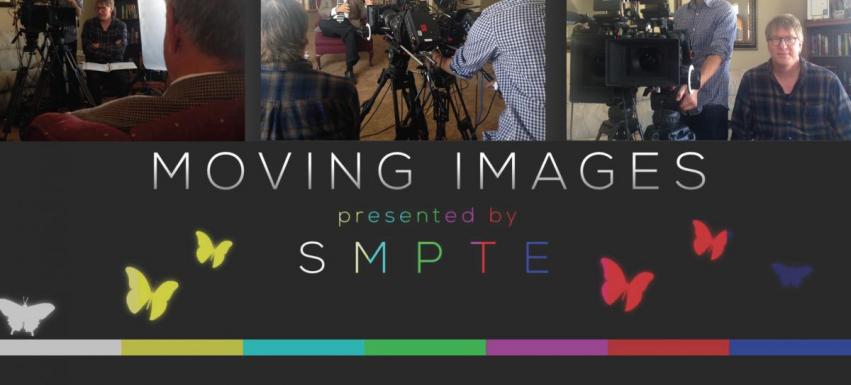100 Years of Moving Images: A first look at SMPTE’s documentary film
The creation of moving image technology, much like the printing press, has played a central role in expanding our awareness of the world, from professionally produced film and television to YouTube and TED Talks. It’s possibly the greatest storytelling medium ever developed, and has produced new ways to learn, new ways to communicate and even new ways to hold police accountable for their mistakes; yet the story of how video technology evolved into what it is today hasn’t gotten much attention.
The Society of Motion Pictures & Television Engineers (SMPTE) wants to change that with a new documentary spanning the last 100 years of motion picture technology, which also happens to be about how long SMPTE has existed as a non-profit organization dedicated to the advancement of moving-imagery education and engineering.
“This documentary will shine the spotlight on the unsung heroes who are the inventors and perfecters of what is arguably the most important communication tool in the history of the industrial age,” said Randall Dark, the film’s producer, in a recent press release.
The trailer for SMPTE’s documentary, ‘Moving Images,’ premiered at the Technology Summit on Cinema, kicking off NAB’s annual show in Las Vegas (April 13-17).
Founded in 1916 and having developed over 800 standards and engineering guidelines, SMPTE is perhaps the ideal organization to create such a documentary. They are currently in the early phases of shooting, mostly in the U.S., Canada and Europe, with months of sorting through historical footage, filming and editing ahead.
“The next hundred years are going to be pretty different from the first hundred,” said Associate Producer Aimée Ricca in a recent phone conversation, “so it seemed like the prefect opportunity to look back.”
The movie may cover topics such as the development of digital cinema standards, color bars and the transport of high bit rate media signals over IP networks. It will feature interviews with the inventors and problem solvers that made it all possible, and highlight the challenges pushing the industry forward today, some of which the SMPTE filmmakers are facing as they produce this documentary.
One of the biggest challenges, which came along with advances in digital image resolution technology, is the enormous file sizes coming off 4K cameras, and the necessity of transferring those files over IP networks from different locations around the globe, between editors and then for final distribution. Traditional methods like FTP cannot reliably handle the transmission of large files over long distances due to latency, while shipping hard drives gets expensive and breaks an otherwise fully file-based workflow.
“We have our home office in White Plains, New York, our producer, Randal Dark, is in Austin, Texas, our director, Howard Lukk, is in North Hollywood, our editor is in Lake Arrowhead, and one of our associate producers is in the UK,” said Ricca. “ So we really needed a way to collaborate on editing and speed up the process of getting image files.”
SMPTE chose to use Media Shuttle, Signiant’s hybrid SaaS large file transfer solution, as one of the suite of tools in the creation of ‘Moving Images,’ as well as for other projects the home office is working on.
“Media Shuttle seemed to really fit,” added Mauricio Roldan, manager of engineering services at SMPTE. “I created a share portal with Media Shuttle and uploaded the first 25 GB in like 40 minutes, so I was really happy with that in comparison to raw files that can take overnight to transfer.”
At Signiant, we’re really happy to be playing a small part in the creation of this documentary. If you’re attending NAB, keep an eye out for a first look at ‘Moving Images‘ and offer your support to a film that gives some well-deserved attention to the pioneers of video.




